Four Ways to Properly Utilize 3D Laser Scanning Technology
In today’s world, 3D laser scanning is a relatively new technology that has been applied in a wide range of industries across the globe. The applications of 3D laser scanning range from architectural and engineering design projects to military-grade weapon production. There are many ways that you can properly utilize 3D laser scanning technology on your job site or project. At Hive Virtual Plant, we make it our mission to educate the public about this technology and make sure they are comfortable with their decision to use it. In this article, we share some information about four ways to properly utilize 3D laser scanning technologies.
Click here to learn more about our services at Hive Virtual Plant.
To determine the size and shape of a room or object
3D laser scanning can be used to quickly plan out projects that require an understanding of the size and dimensions of a room. This is especially useful in architecture-related fields where it is important to understand how much space will be available after certain design elements (such as walls and furniture) are put into place. There are two ways you can do this; First, there is the real-time method which allows you to map out an environment as it stands today. The second way is called off-line mapping where you walk through each area with your scanner, process the data on your computer later, then apply them to future designs of a building or structure. Although this second method takes more time, it is also very effective.
To conserve materials in the production process
3D laser scanning is a good choice when you need to understand what makes up an object so you can plan out how much material you will use to create it. By using this technology, it becomes easier for manufacturers and companies to understand what they’re working with and where there might be inconsistencies or defective items. 3D laser scanning can help companies determine which areas of an object need more material and which ones only require the minimum amount.
Doing Quality Control
Testing your product before mass-producing it is very important because small changes in dimensions could lead to big problems down the road, such as manufacturing defects, a poor fit between parts (which increases friction), or even malfunctioning equipment. For example, 3D laser scanning can be used to check the accuracy of your product before you ship it out by using a coordinate measuring machine. This technology will provide measurements that are extremely precise so no mistakes are made during production or during the shipping processes.
To study the history of your surroundings
This is another interesting application of 3D laser scanning. For example, archeologists can use this technology to map out an area and quickly reconstruct its historical timeline so they can better understand how it might have looked thousands of years ago. Inside military research labs, scientists are using lasers to recreate the facial features found on famous statues in order to help them determine what life was like back then. There are also applications for this technology in forensics where bodies are scanned before autopsies are performed to gather information about any visible wounds or injuries that could provide clues as to what happened. This helps investigators establish a timeline surrounding the crime scene.
While you may not be looking into 3D laser scanning technology for the above-mentioned applications, nevertheless, it is beneficial to understand all the possibilities of this state-of-the-art technology. To learn more about 3D laser scanning technology, we encourage you to get in touch with our team at Hive Virtual Plant.
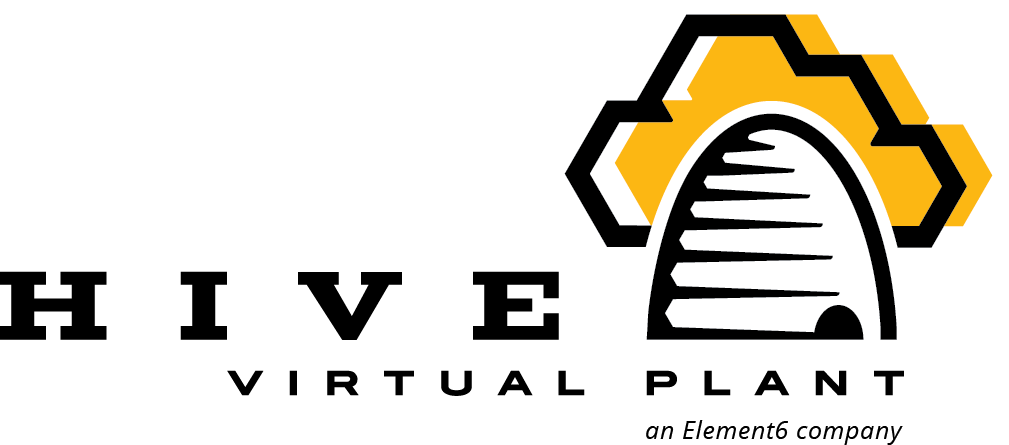

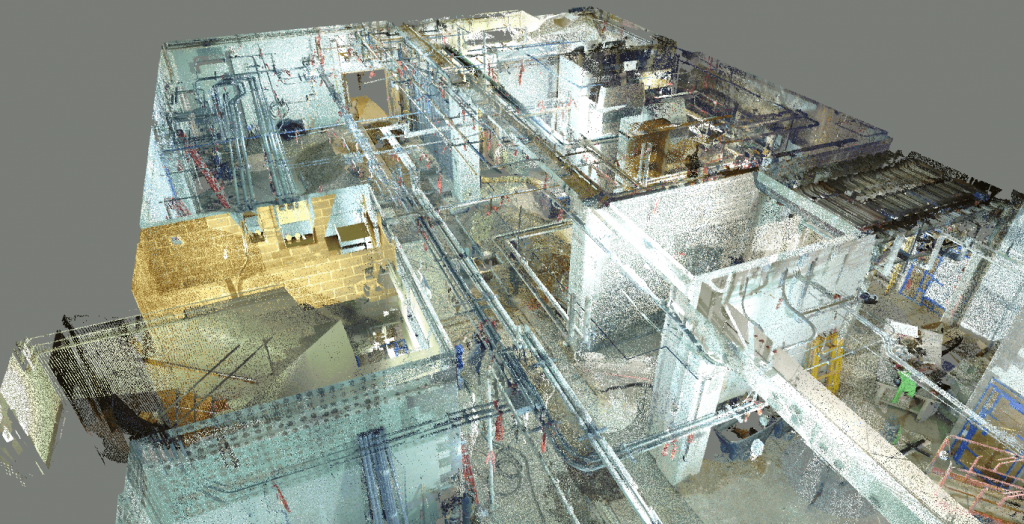

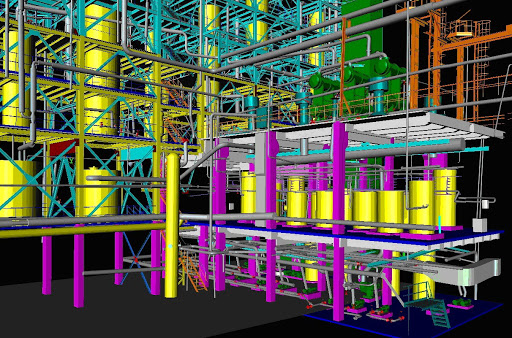
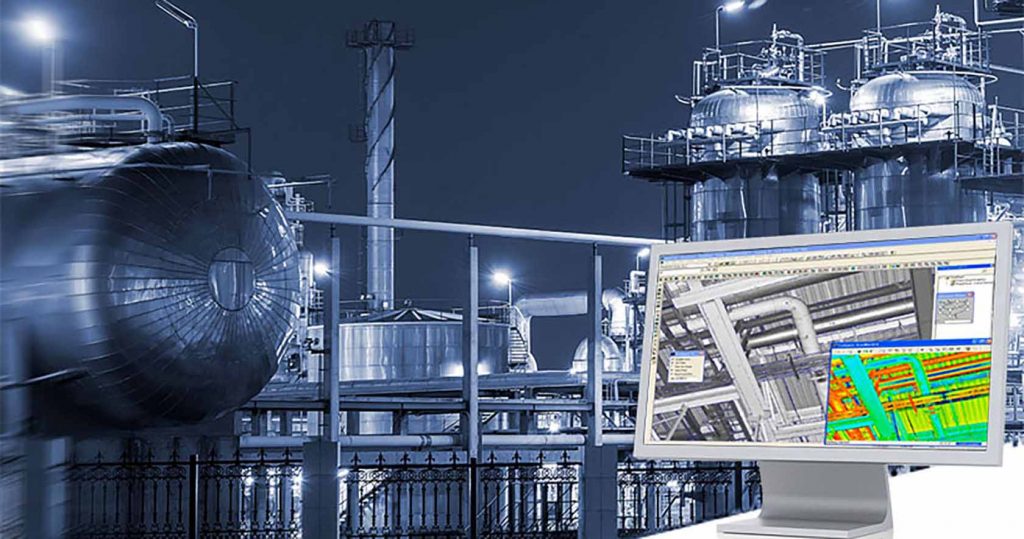
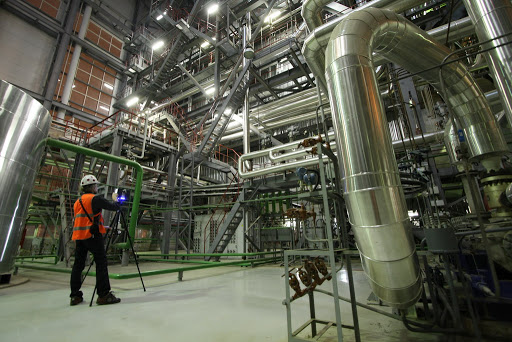
About The Author: Rob Jickling
More posts by Rob Jickling